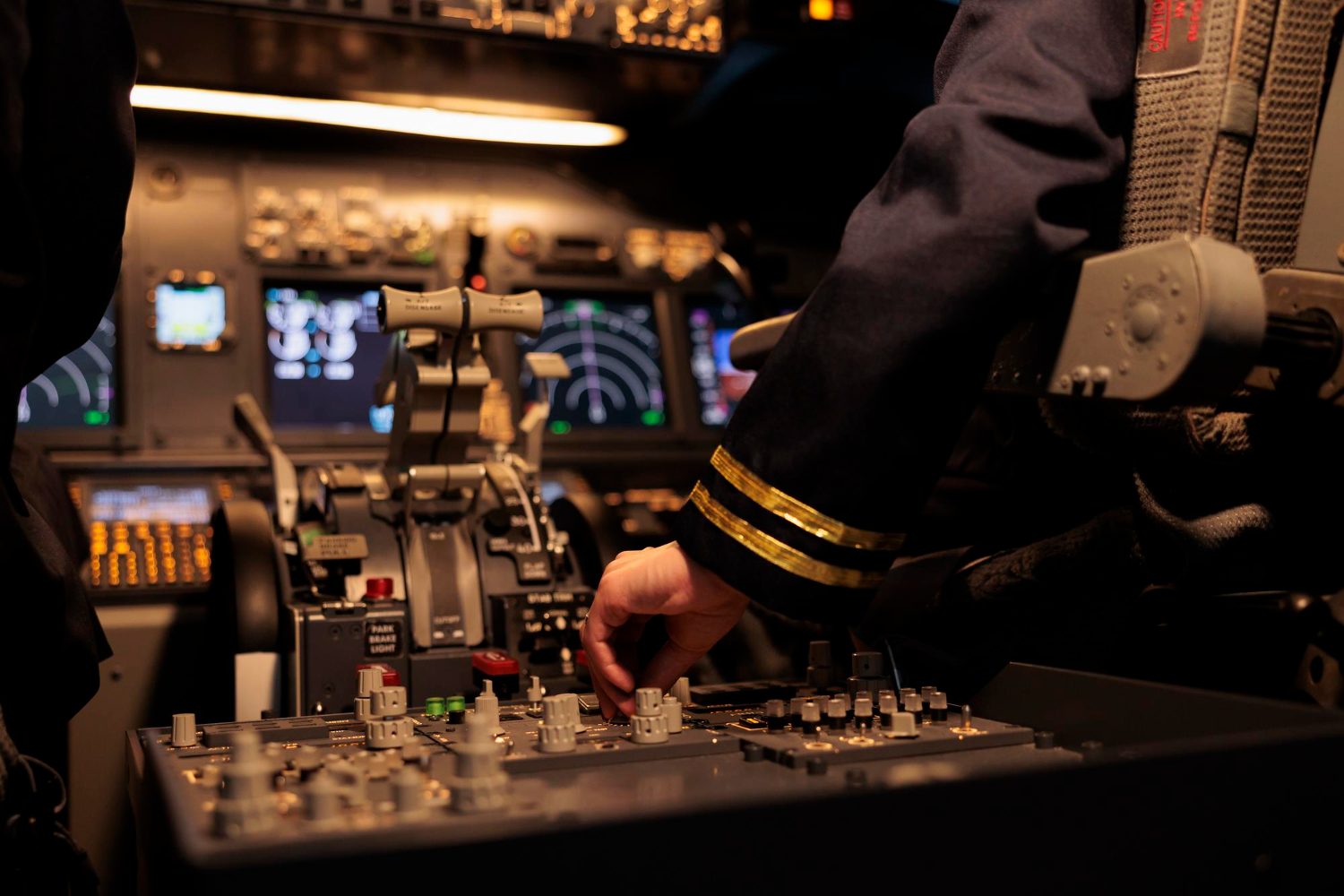Real-Time Data Analytics for Smarter Flight Paths
In the aviation industry, efficiency and environmental impact are always top concerns. Airlines and airports look for ways to optimise performance and cut fuel costs. At the same time, they aim to lower greenhouse gas emissions. One of the most effective tools today is real-time data analytics.
This approach is changing how flight paths are planned and adjusted. With advanced data science methods, operators can reduce waste and keep air travel more sustainable. This isn’t only about new aircraft designs. It’s also about how flights move through the sky in smarter ways.
How Analytics Helps in Flight Path Planning
Flight paths are the routes an aircraft follows from take-off to landing. These are influenced by many factors—weather, air traffic, and regulations. Traditional planning used set routes based on fixed conditions. But modern analytics techniques bring more flexibility.
With real-time inputs, flight paths can change dynamically. A system tracks weather, wind, and traffic data and adjusts the path to use less fuel. This is one of the most practical ways to improve fuel efficiency and cut emissions without big equipment upgrades.
Predictive analytics makes this possible. It uses past trends, current inputs, and predictive modelling to make better decisions mid-flight. This gives airlines a chance to reduce fuel burn and meet carbon reduction targets.
Read more: 5 Ways AI Helps Fuel Efficiency in Aviation
Data Collection and Processing
Real-time analytics starts with collecting data. Aircraft systems constantly generate data points during flight. These include engine performance, altitude, speed, and air traffic.
Ground stations also send updates. The volume of data is massive, but only useful when processed correctly.
Analytics is the process of turning this raw input into usable insights. It depends on solid processes of data filtering and real-time evaluation. Various types of data analysis help.
Descriptive analysis tells what has happened. Diagnostic analysis finds out why. Predictive methods suggest what could happen next. Prescriptive techniques recommend actions.
Data scientists and data analysts work together to manage this flow. They build tools and dashboards that give airline operators clear visuals. These data visualisation tools allow quick understanding and help in decision making. Without them, the data would stay unreadable and unused.
Why Data Analytics Is Important for Aviation
In aviation, real-time analytics improves both safety and performance. Pilots and flight planners get updated views of route changes, turbulence, and risk zones. Adjustments happen fast. That means fewer delays, smoother flights, and better fuel usage.
Analytics also helps with problem solving during operations. If a weather issue comes up, the system can suggest the next best flight path using data science logic. Programming languages like Python or R are used to develop these systems. They enable flexible models that respond in seconds.
As emissions rules become stricter, data analysis helps airlines stay compliant. Governments, especially in the United States and the European Union, track emissions closely. Airlines that use analytics to cut fuel use gain both cost savings and regulatory advantages.
Read more: AI in Aviation: Boosting Flight Safety Standards
Flight Data and Environmental Impact
Fuel use in aviation directly affects greenhouse gas emissions. Small changes in routing can lead to large emission reductions. Data analytics helps to identify which routes give the best fuel economy.
For example, a model might compare ten possible flight paths from London to New York. It checks each based on wind speed, temperature, and air traffic. It finds the option with the least fuel consumption. This means less carbon dioxide is released into the air.
By comparing large data sets, data scientists can also identify trends. They might find that some routes are always more efficient than others at certain times of day. These insights help plan future schedules and reduce environmental impact further.
Integrating Data Tools with Communication Systems
To make the most of these analytics tools, teams need to collaborate quickly. That’s where video conferencing comes in. Operations staff, analysts, pilots, and engineers often work in different locations. Real-time communication becomes critical.
Video conferencing solutions allow fast sharing of data visualisations and analysis outcomes. Teams can answer questions live, without waiting for reports or emails. They see the same dashboards and discuss adjustments immediately. This speeds up decisions and improves results.
Using video conferencing, data points can be reviewed across departments. A data analyst might point out an anomaly. An engineer checks if it’s a sensor fault.
A flight planner adjusts a route. All this happens in one short call, saving hours.
Read more: Artificial Intelligence on Air Traffic Control
Programming and Tools in Use
Developing these tools requires programming languages suited for data science. Python is a common choice. It has strong libraries for data analysis and visualisation.
R is also used for statistical modelling. These help create tools that are both powerful and easy to update.
Dashboards built using tools like Power BI or Tableau are common in operations centres. They show key indicators like emissions, route changes, or weather effects. Managers rely on these visuals to make quick decisions.
Role of Predictive Analytics in Daily Operations
Predictive analytics doesn’t only help in planning flights. It also assists in managing fleets. Maintenance schedules, for example, can use predictive models to suggest when a check is needed. This reduces downtime and avoids safety risks.
In operations, predictive systems suggest gate assignments, fuel loads, and even staff scheduling. This ensures smooth performance across the airline’s whole business. These models rely on historical data, live inputs, and forecasts.
Flight paths benefit directly. Adjustments based on predictions reduce mid-air delays and holding patterns. Less circling means lower emissions and faster arrivals.
Future of Analytics in Reducing Emissions
As aviation looks to become greener, real-time analytics plays a key role. Not every solution needs new engines or alternative fuels. While those help, smarter routing through data analytics brings fast gains.
In future, these systems may work alongside AI tools. They could automate many decisions now made by staff. But human input will still be key. Video conferencing ensures teams remain connected, no matter how automated the system becomes.
By applying data analytics across every flight, emissions fall, costs drop, and performance improves. Airlines that lead in this field will benefit first.
Read more: AI-Powered Compliance for Aviation Standards
How TechnoLynx Supports Smarter Aviation
TechnoLynx offers video conferencing tools built for operations and data analysis in aviation. Our systems support real-time dashboards, collaborative sessions, and secure data sharing. Whether you’re reviewing emissions data, adjusting flight paths, or answering technical questions, our solutions help keep your team connected.
We work with data analysts, engineers, and flight planners to ensure communication flows easily. Our tools fit with major analytics platforms and are designed for aviation workflows. If you manage emissions, fuel, or routes, TechnoLynx video conferencing supports your work.
Smarter flight planning starts with better communication. Let TechnoLynx help your team make every data point count!
Image credits: Freepik













